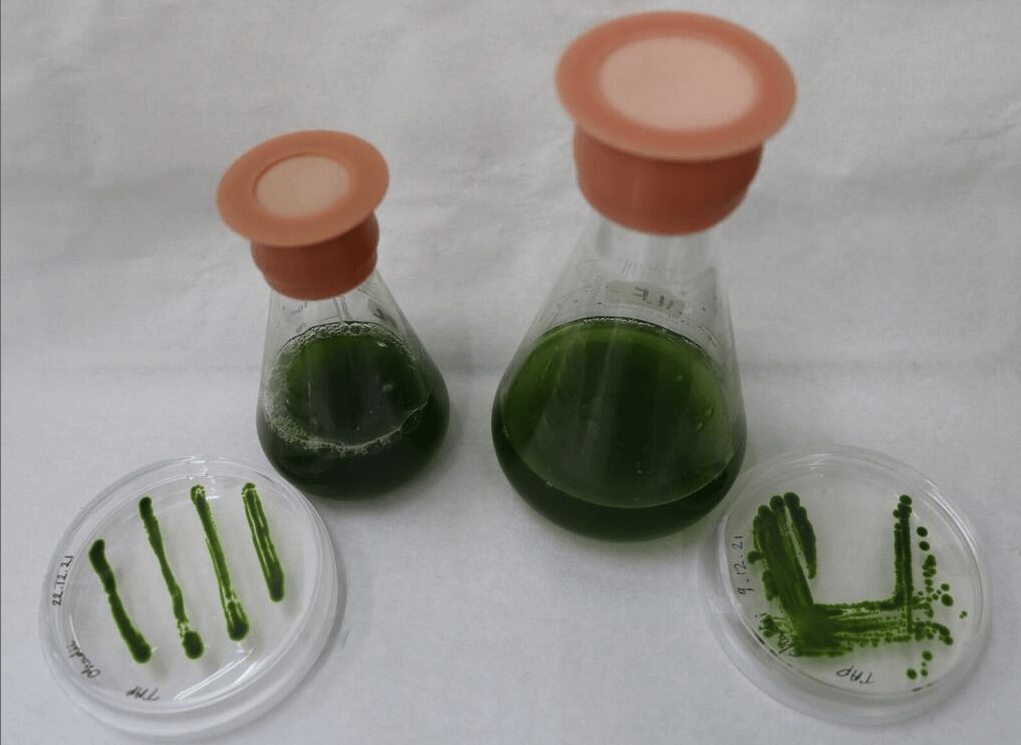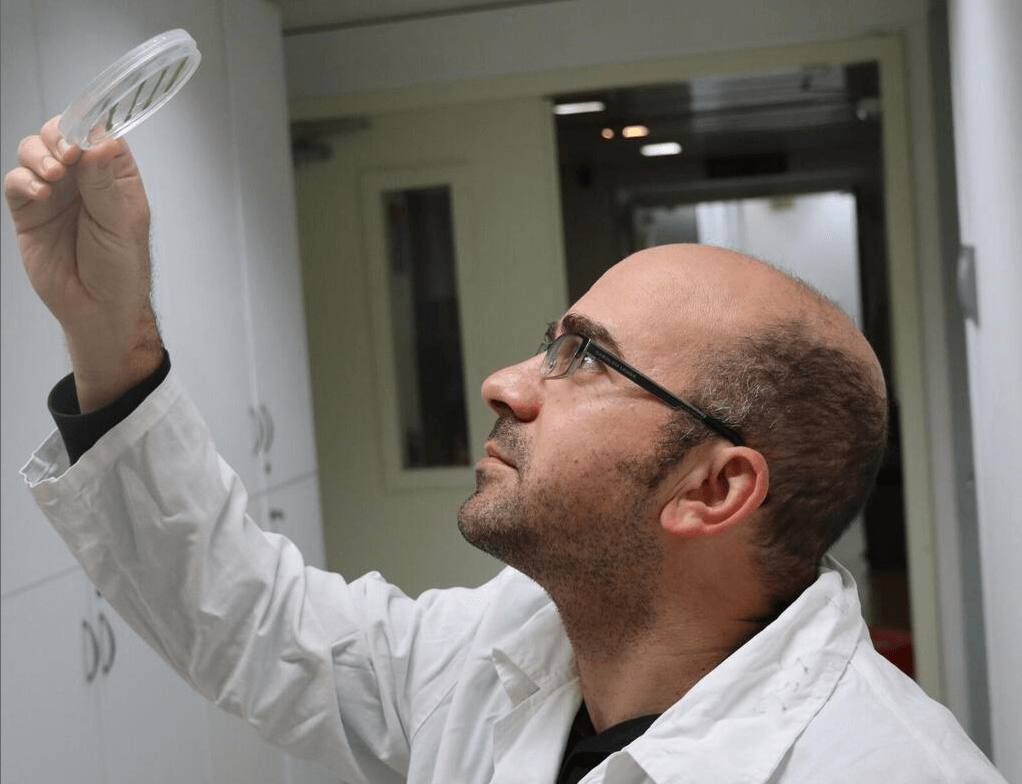The researchers cracked the mechanism of photosynthesis in the fastest growing algae in the world * The discoveries will be used in future research in the field of sustainable food

What causes a certain algae to receive the title "the fastest growing water plant in the world"? A new study with the participation of a researcher from Tel Aviv University tried to track the photosynthesis characteristics of "chlorella ohadi" algae, a green algae that is considered the fastest growing aquatic plant.
From the findings of the research it appears that the main factors for the rapid rate of photosynthesis lie in the efficient metabolic processes. The researchers found that this algae has a unique ability to cause a chemical reaction in which it manages to recycle one of the components used by an enzyme called RuBisCO in an efficient and fast way, in a way that speeds up the photosynthesis processes significantly. The research was conducted under the leadership of researchers from the Max Planck Institute in Germany, including Dr. Chaim Treves, currently a faculty member at the School of Plant Sciences and Food Security at Tel Aviv University. The study was published in the prestigious journal Nature Plants.
As part of the study, the researchers wanted to examine whether it is possible to improve the efficiency of photosynthesis in plants, an energetic process that has been occurring in nature for about 3.5 billion years. To answer the research question, the researchers decided to focus on green algae, and especially on the "Chlorella Ohadi" variety. This algae is characterized by its ability to survive in extreme conditions of heat and cold, which forces it to show resilience and grow very quickly.
The researchers estimated that cracking the question of the "Chlorella Ohadi" (named after the late botanist Prof. Yitzhak Ohad) would make it possible to improve the efficiency of photosynthesis in other plants as well, thus developing new engineering tools that would provide a sustainable nutritional solution.
In the process of photosynthesis, plants and algae convert water, light and carbon dioxide into sugar and oxygen which are essential for their operation. The researchers used innovative microflow methods based on complex physical, chemical and biotechnological principles, in order to supply the algae with carbon dioxide in a measured and controlled manner and to monitor the photosynthesis "on-line".
The researchers identified in a comparative view that there is a fundamental difference in the photosynthesis processes carried out in green algae, compared to model plants. According to them, the difference is based on a difference in the metabolic networks, and understanding it will help in delineating innovative engineering solutions in the field of plant metabolism - thus also for the beneficial engineering of future agricultural produce.

Dr. Treves explains: "Empirical studies have shown in the past that the photosynthetic efficiency is higher in microalgae compared to type C plants3 or C4, are both types of plants that have transport systems but are quite different in terms of their anatomy and the way they carry out photosynthesis. The problem is that the scientific community actually still does not know how to explain these differences in a sufficiently precise manner."
Dr. Treves adds: "In this study, we mapped the patterns of energy production and photosynthetic metabolism in the green algae and compared them to existing and new data collected from model plants. We were able to clearly identify the biophysical factors that account for the differences in these patterns. Our study reinforces previously existing estimates that the metabolic pathway responsible for that recycling is one of the main bottlenecks in photosynthesis in plants. The next necessary step is to export the genes involved in this pathway and other pathways in which we have identified differences from algae, and to test whether their introduction into plants through metabolic engineering will increase the growth files or the photosynthetic efficiency of plants.
The toolbox we assembled will make it possible to harness the conclusions from the research for the purpose of accelerating future engineering developments in the field of sustainable food based on algae as a genetic pool for plant improvement, since the monitoring of the photosynthetic process is quantitative and with high resolution and algae are an inexhaustible source of possibilities for improving photosynthetic efficiency."
More of the topic in Hayadan:
- A European grant of 7.5 million euros was awarded to Miguel for a research project for pharmaceutical solutions and algae-based foods
- Ahead of the Israestem conference: Israel should invest in the field of regenerative medicine and stem cells, in order to maintain its leadership against countries that have decided to promote the field
- A new approach to generating electricity and fuel by imitating the process of photosynthesis
- A new gene for a genetic disease has been identified among Jews from North Africa and Iraq
- The eyes of the plants

One response
This could be an experiment that will destroy the earth faster than the greenhouse gases. To insert genes to optimize photosynthesis into higher plants